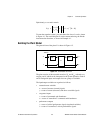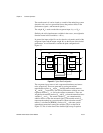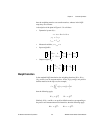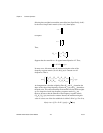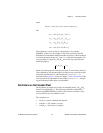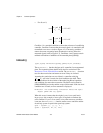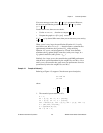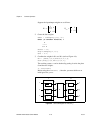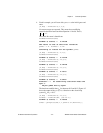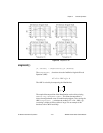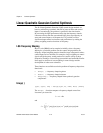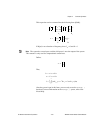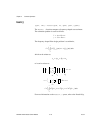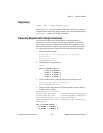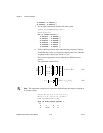
Chapter 4 Controller Synthesis
© National Instruments Corporation 4-11 MATRIXx Xmath Robust Control Module
4. For this example, you will start with gamma=1 as the initial guess and
enter:
[K,Hew] = hinfcontr(P,1,2,2);
No error messages are reported. This means that a stabilizing
controller has been found such that Equation 4-1 holds. That is,
.
The actual H∞ norm is found from:
normHew=linfnorm(Hew)
normHew (a scalar) = 0.211984
The result is that on this first iteration:
gamma = 1 Æ normHew = 0.212
Continuing to iterate for the optimal gamma:
[K,Hew] = hinfcontr(P,.2,2,2);
normHew=linfnorm(Hew)
normHew (a scalar) = 0.173218
[K,Hew] = hinfcontr(P,.15,2,2);
normHew=linfnorm(Hew)
normHew (a scalar) = 0.147418
[K,Hew] = hinfcontr(P,.13,2,2);
normHew=linfnorm(Hew)
normHew (a scalar) = 0.13103
[K,Hew] = hinfcontr(P,.12,2,2);
normHew=linfnorm(Hew)
normHew (a scalar) = 2.02252
hinfcontr --> No stabilizing controller meets the
spec.!!
Adjust gamma and try again
The iterations establish that γ
opt
lies between 0.12 and 0.13. Figure 4-5
shows the output of the
perfplots function on the closed-loop
system H
ew
for γ =0.13.
[K,Hew] = hinfcontr(P,.13,2,2);
normHew = linfnorm(Hew, {tol=1e-3})
normHew (a scalar) = 0.129863
svHew = perfplots(Hew,1,1,{Fmin=0.01,Fmax=100});
H
ew
∞
1≤



